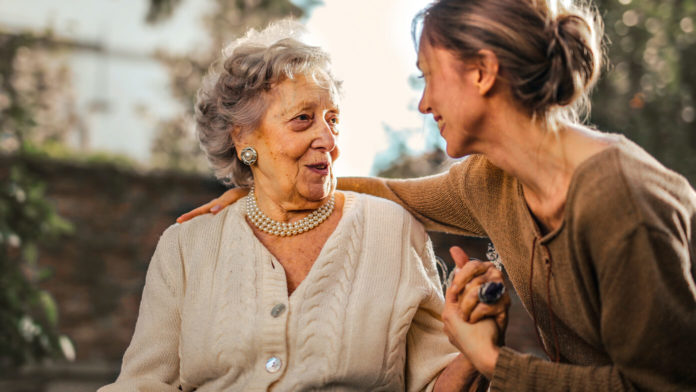Preparing hospitals for COVID-19 has put many non-emergency surgeries on hold. But as people wait, there are important things they can do to reduce complications and shorten hospital stays. It’s a program called prehabilitation, and it helps people bounce back after surgery much more smoothly and with better overall outcomes than if they wait until after surgery for rehab.
Shifting from rehab to prehab is a preventative care strategy that prepares patients for the strain of invasive surgical procedures. Most patients waiting for major surgery are over 65 years old and may be physically frail or have a combination of other chronic medical conditions that increase their risks.
“Absolutely, prehab helps these patients,” said Ottawa Hospital physiotherapist Elyse Pratt-Johnson in a press release. “When you’re going into surgery, it’s kind of like the workout of your life. Your heart rate and oxygen needs will be up. So if you train for that workout, you will do better.”
As little as two weeks of focussed training is enough to make a difference. Prehab is a multi-pronged strategy that includes exercise, nutrition, sleep, community support to combat stress, and quitting smoking and alcohol consumption.
Most programs integrate 30-40 minutes of moderate daily physical activity, which could include activities like brisk walking, weightlifting, or stationary cycling. In cases where patients are not able to be on their feet, there are specialized bed bicycles in some ICUs, and even deep breathing exercises can help strengthen the respiratory muscles to help with the oxygen demands of surgery.
Even patients who are in good overall physical health can benefit from more rigorous programs to further enhance their fitness level. It all depends on the patient, and these decisions should be made in consultation with their healthcare team.
Prehab also includes eating a balanced and nutrious diet, including vegetables, fruits, and foods high in protein. Many frail patients also suffer from low body weight, and high-protein nutritional drinks like Boost or Ensure can help them improve their physical health going into surgery.
Mental health support is also a critical pillar of prehab. The inherent stress of waiting for surgery can trigger anxiety, lost sleep and appetite, and even a fear-driven mindset that paralyzes physical activity. Being in good mental health is the foundation for everything else. In addition to psychological support and stress-fighting activities like meditation, experts recommend getting at least 7-8 hours of sleep each night.
The benefits of prehab are significant. Programs help reduce post-operative complications like blood clots, pneumonia, heart attacks, and infections. Many participants even hold onto some of the physical fitness gains they made in prehab after a brief recovery period after surgery. By contrast, many patients who are not physically prepared for surgery suffer loss of independence in completing everyday tasks, resulting in a high rate of patients being discharged to long-term care.
These measures are especially important in the context of COVID-19. For the general public, physical activity is down, stress levels are up, and social connections are weaker. On top of that, there are more patients awaiting non-emergency surgery. Given the importance of being in top shape heading into the operating room, patients should be encouraged to prepare, starting from any level and reaching for the next.




































